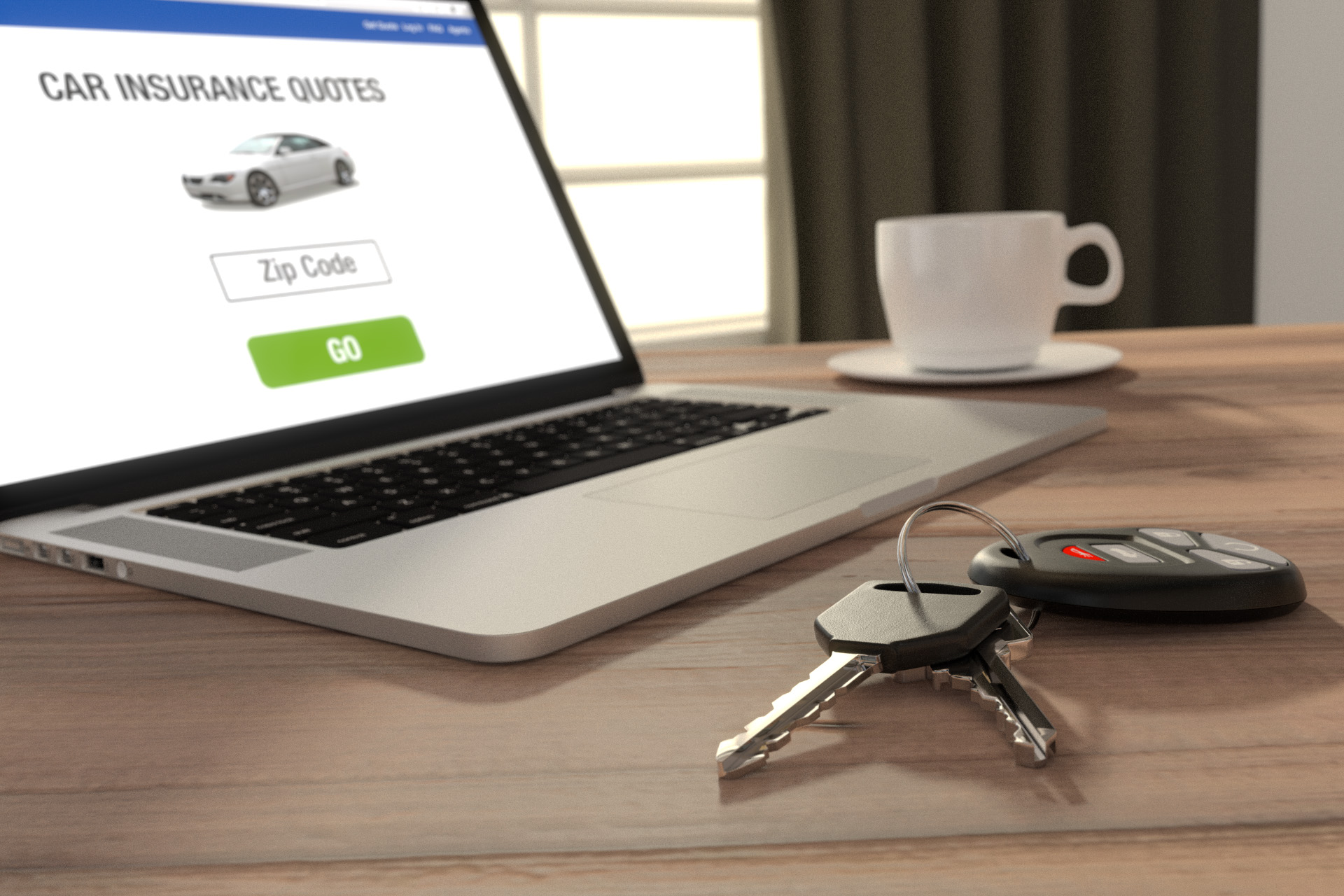Buying a used car can be a great way to save money while still getting a reliable vehicle. However, it’s important to do your due diligence and thoroughly inspect the car before making a purchase. One of the most critical factors to consider when buying a used car is its maintenance and repair history. In this article, we will discuss the significance of examining the car’s maintenance and repair history and how it can impact your decision-making process.
Why is Car Maintenance and Repair History Important?
The maintenance and repair history of a car can tell you a lot about its overall condition and reliability. It can also provide insight into any potential problems or issues that you may need to address in the future. Here are some of the key reasons why car maintenance and repair history is important when buying a used car:
- Preventative Maintenance: Regular maintenance is essential for keeping a car running smoothly and preventing major issues from occurring. If a car has been well-maintained, it’s less likely to have significant mechanical problems, which can save you time and money in the long run.
- Major Repairs: Major repairs, such as engine or transmission replacements, can be costly and time-consuming. If a car has a history of major repairs, it may be an indication that the vehicle has not been properly maintained or may have underlying mechanical issues.
- Accidents: A car’s repair history can also reveal if it has been in any accidents. Even minor accidents can cause significant damage to a car, and it’s important to know if the car has been repaired properly.
- Resale Value: A well-maintained car with a solid maintenance and repair history can be worth more when it’s time to sell or trade-in. It can also make the car more appealing to potential buyers.
How to Obtain the Maintenance and Repair History
When buying a used car, it’s important to obtain the maintenance and repair history before making a purchase. There are several ways to obtain this information, including:
- Service Records: If the previous owner kept detailed service records, they can provide valuable insight into the car’s maintenance history. You can ask the seller to provide these records, or you can contact the dealership or mechanic who serviced the car.
- CarFax Report: A CarFax report is a comprehensive report that provides information about a car’s history, including accidents, service records, and ownership history. You can obtain a CarFax report by entering the car’s vehicle identification number (VIN) on the CarFax website.
- Inspection: A thorough inspection by a qualified mechanic can reveal any mechanical issues or concerns with the car. The mechanic can also examine the car’s maintenance and repair history to ensure that it has been properly maintained.
What to Look for in the Maintenance and Repair History
When reviewing a car’s maintenance and repair history, there are several key factors to consider:
- Regular Maintenance: Look for evidence of regular oil changes, tire rotations, and other routine maintenance. This can be a good indication that the previous owner took good care of the car.
- Major Repairs: Look for any evidence of major repairs, such as engine or transmission replacements. These repairs can be costly and may indicate underlying mechanical issues.
- Accidents: Look for evidence of any accidents or damage. If the car has been in an accident, make sure that it was repaired properly and that there are no lingering issues.
- Timing: Look at the timing of repairs and maintenance. If there are long gaps between repairs or maintenance, it may indicate that the previous owner did not take proper care of the car.
Conclusion
Buying a used car can be a smart financial decision, but it’s important to do your due diligence and review the car













